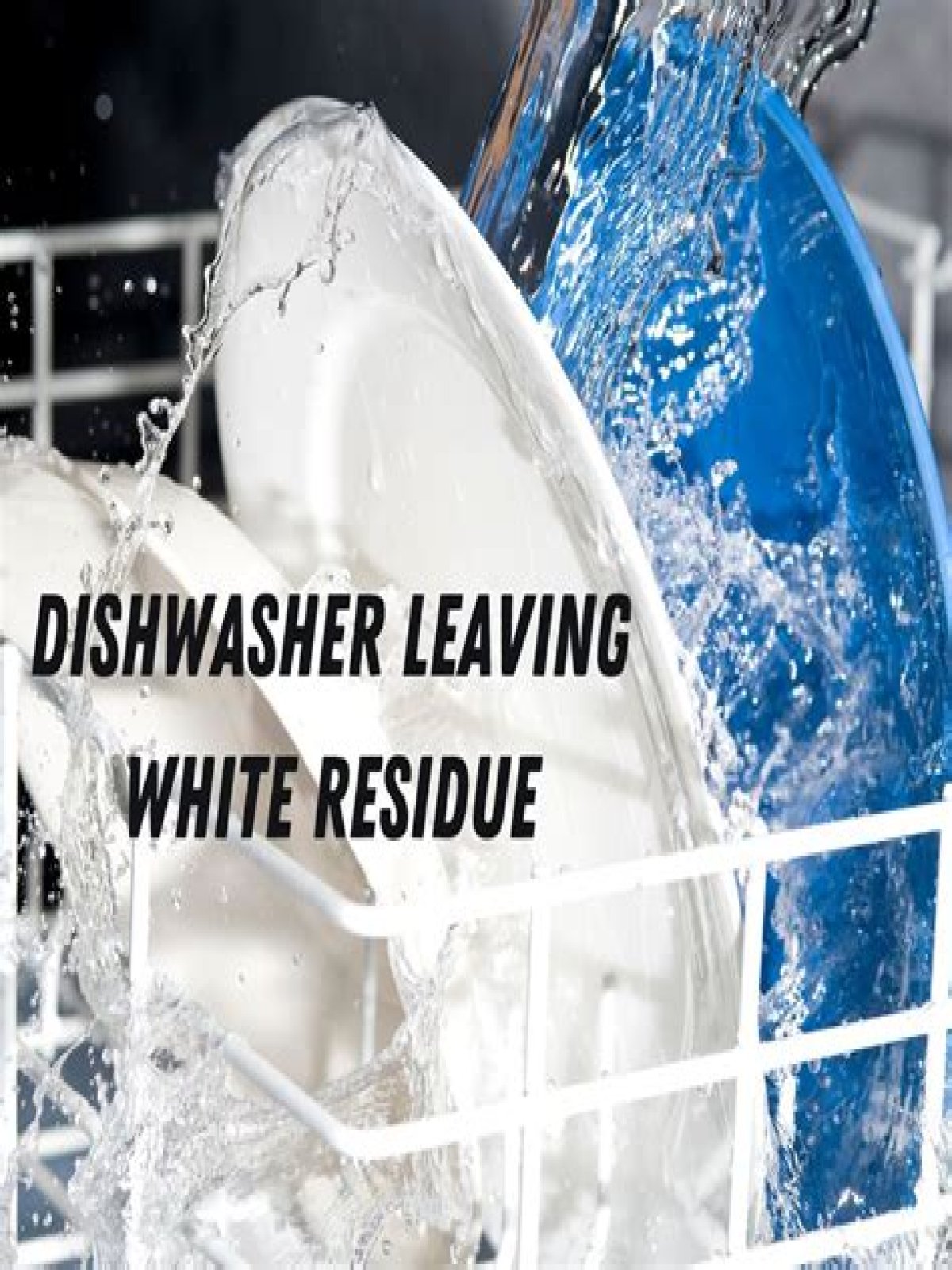Why is my dishwasher suddenly leaving white residue?
That white film could be caused by pre-washing or rinsing your dishes before you put them in the dishwasher. Many of today’s dishwasher detergents contain phosphates, which need food residue to break down. If there’s no food residue or grease, the phosphates don’t break down. Instead, they end up on your glassware.
Why does my Bosch dishwasher leave residue?
These residues are usually caused by insufficient detergent. For milky-white residues, refill the water softener and check that the water hardness is set correctly. If the pattern is fading, check that your crockery is dishwasher safe.
What is the white powder in my dishwasher?
This unsightly residue is caused by mineral deposits that are present in hard water, and although these white mineral deposits are unsightly, they are not stained or unsanitary. In 2010, phosphates were removed from dishwashing detergents.
How do you remove dishwasher detergent residue?
Use white vinegar. Fill the sink up with hot water and add ½ cup of white vinegar. Soak the dishes in the water, until the soap scum dissolves. Increase vinegar-to-water solution up to half water and half white vinegar, for stubborn stains.
Can you use vinegar in a Bosch dishwasher?
Here’s how to clean a Bosch dishwasher tub and banish odor with basic household ingredients: White vinegar: Pour 1 cup of white vinegar in the base of an empty dishwasher and run a heavy clean cycle. Skip this step if your dishwasher has a stainless steel interior, as bleach can discolor stainless steel.
Why do dishes have white residue?
A white, milky film on glassware, dishware and the interior of the dishwasher can be caused by phosphate-free dishwasher detergent. Detergents without phosphates can potentially leave a white film on glassware and other items, even the dishwasher tub itself. This white film is most often observed in hard water areas.
Do dishwasher pods leave residue?
Don’t use too much detergent, of any kind. Too much detergent can leave a residue on dishes, and dishes with detergent residue are pretty unappealing and could even be unsafe to eat from. Note: Depending on your dishwasher, even pods can cause detergent buildup.
Why does my dishwasher leave a white film on plastic?
Water Issues for Plastic A common reason that a fine white film begins to take over the surface of the plastic ware is hard water. When plastic is placed in the dishwasher and allowed to dry, it can leave behind unsightly spots that appear to be chalky and white.
How do you descale a Bosch dishwasher?
How to descale a dishwasher? Remove hard water residue and limescale buildup by using a descaler a few times a year. Simply start the hottest, longest cycle for the empty dishwasher (don’t add any detergent). After 30 minutes add one box of Bosch descaler to the bottom of the dishwasher, then let the cyle continue.
How do you clean the inside of a Bosch dishwasher?
Bosch recommends that you use a toothbrush to remove debris you can see from the top of the filter. Give the housing a good brushing, as well. Dip the brush in mild dishwashing liquid or powdered dishwasher detergent to take out stubborn clumps of food or mineral deposits.
Why does my Bosch dishwasher taste like rinse aid?
If there is Bosch dishwasher soap residue or the dishes taste like Rinse Aid, then it’s time to do some digging and figure out why the machine is failing. Prop the door of the Bosch dishwasher open overnight to give the appliance a good airing out.
Are there any Bosch dishwashers with Crystal dry?
Available on our 800 Series and select Benchmark Series dishwashers. *Based on aggregate average drying performance of Bosch Dishwashers with CrystalDry on combined household load including plastics, glass, steel, and porcelain as compared to Bosch Dishwashers with PureDry. Drying performance may vary by dish type. AutoAir™.
How does Bosch auto air dishwasher work?
A little fresh air equals a lot more dry. AutoAir™ on the Bosch 500 Series dishwashers automatically releases the door at the end of the cycle to let moisture escape and fresh air in for 40% drier dishes.* Now, dry your dishes with a whole new air of confidence.
